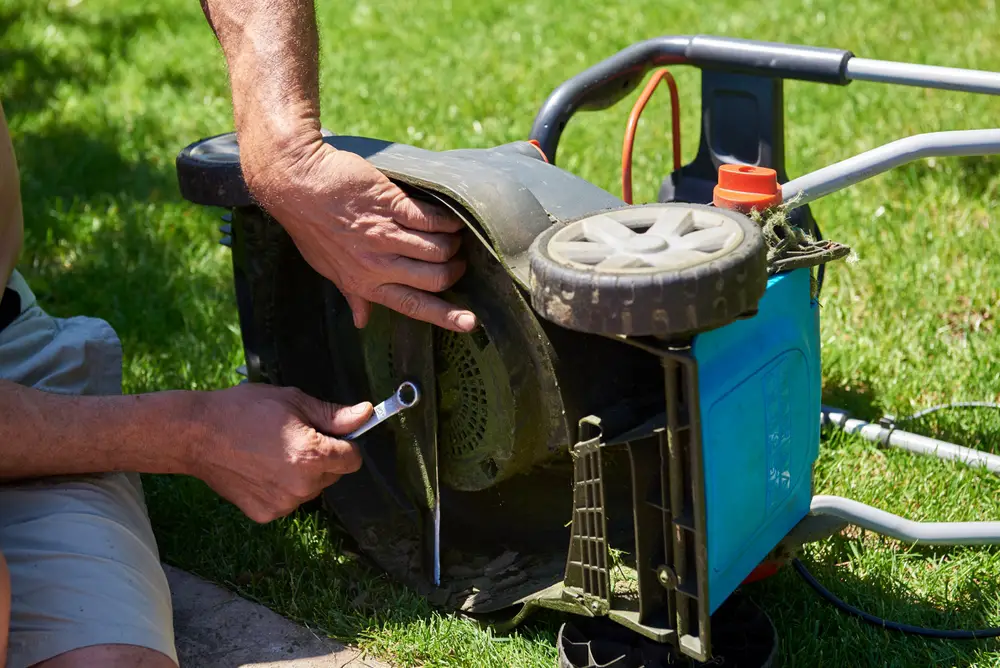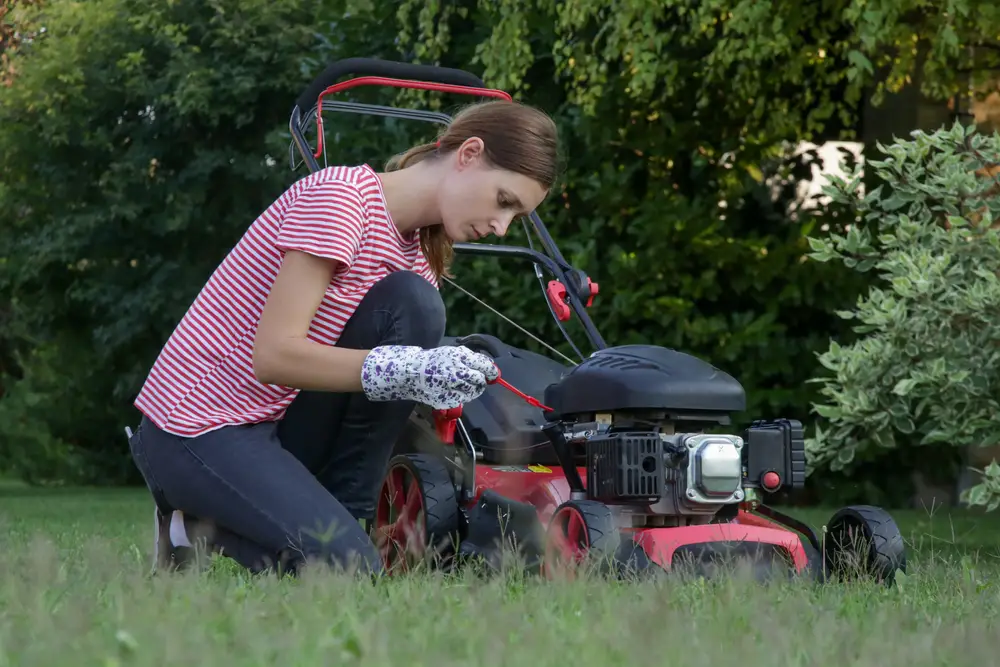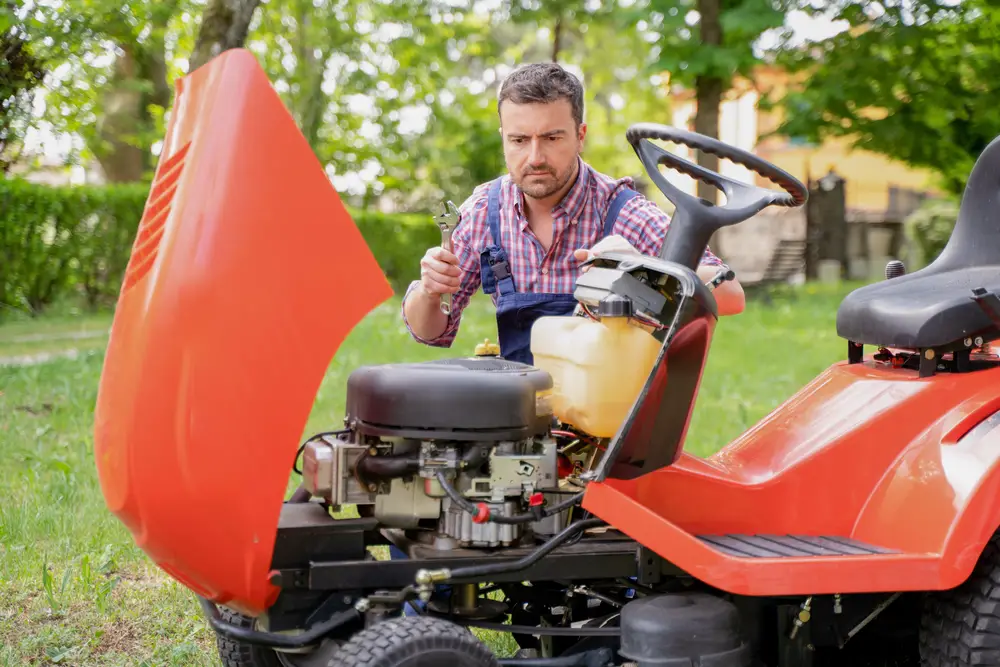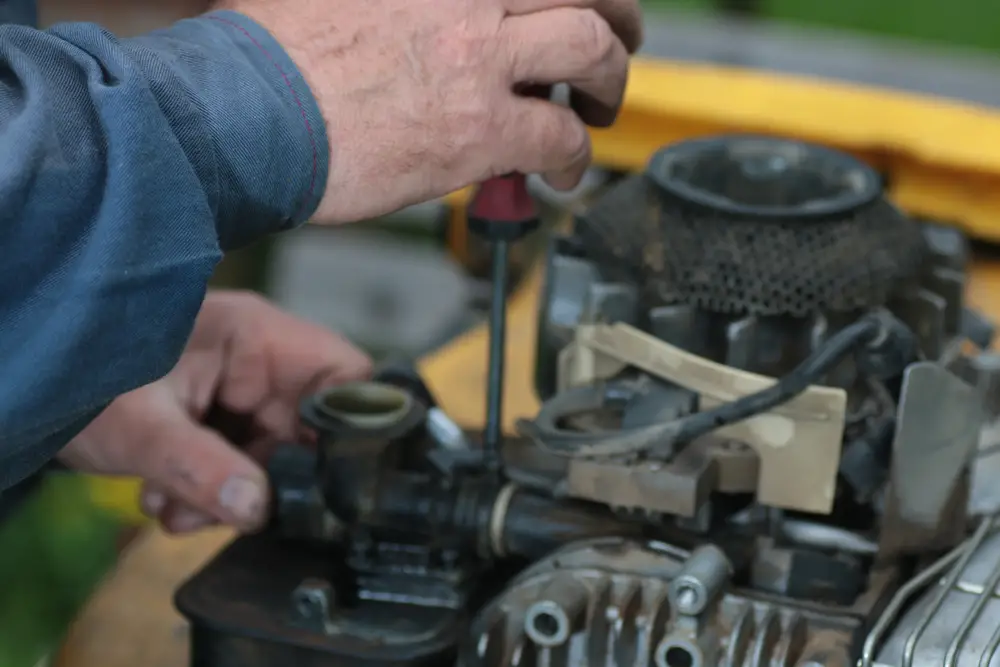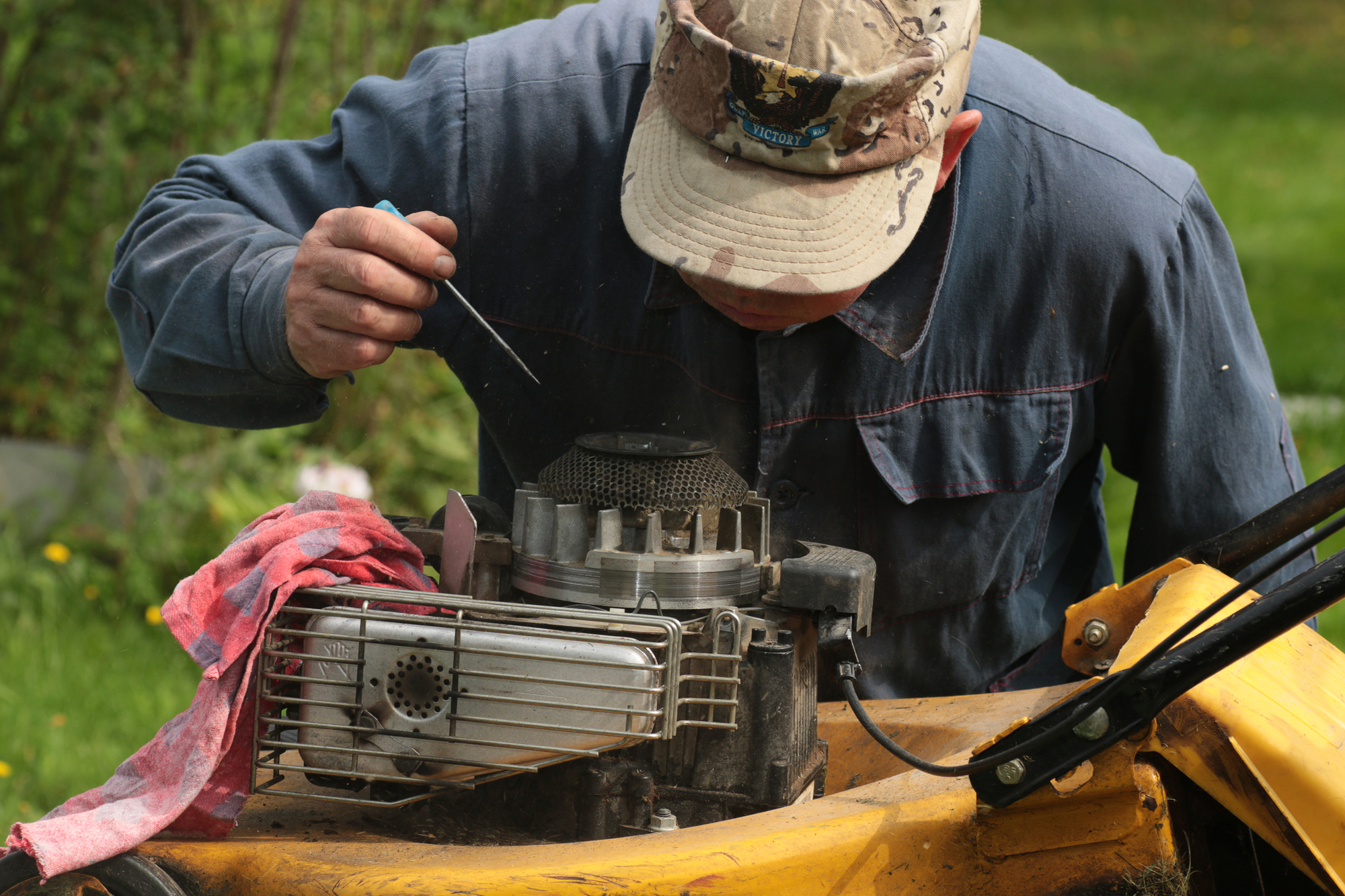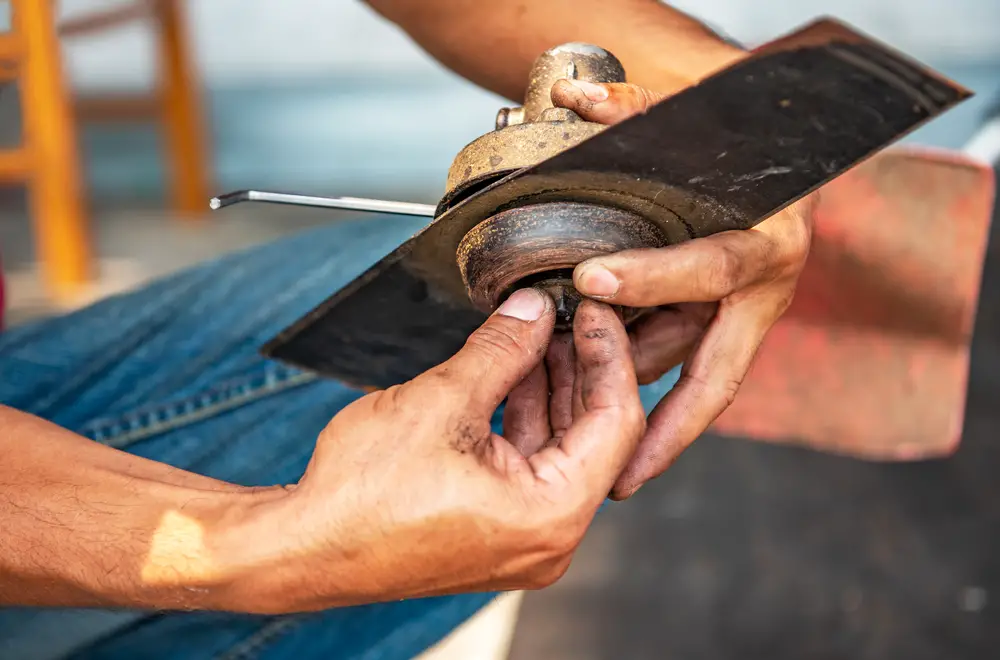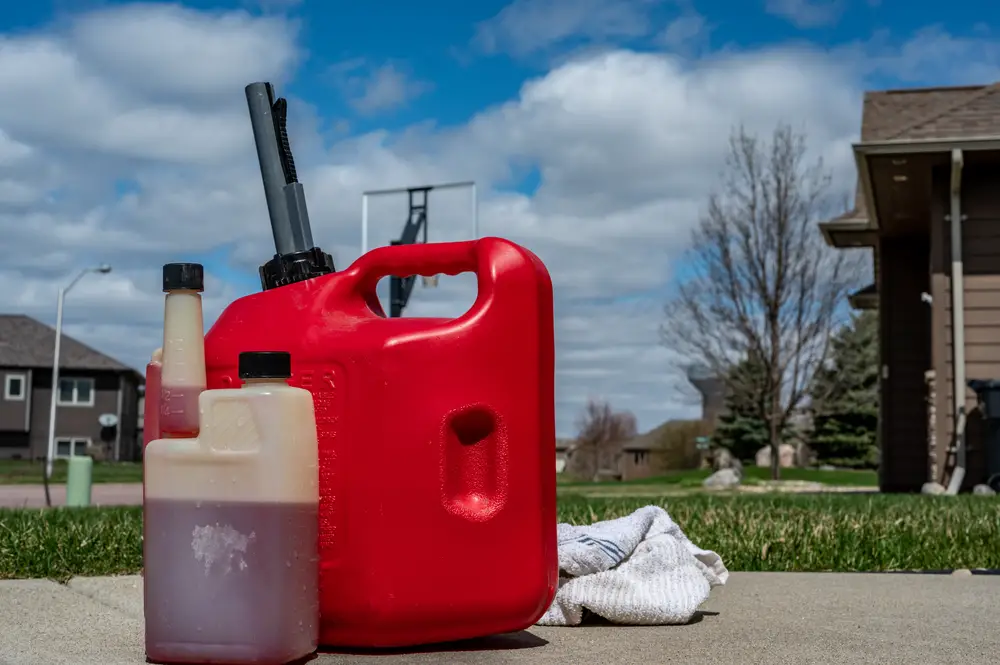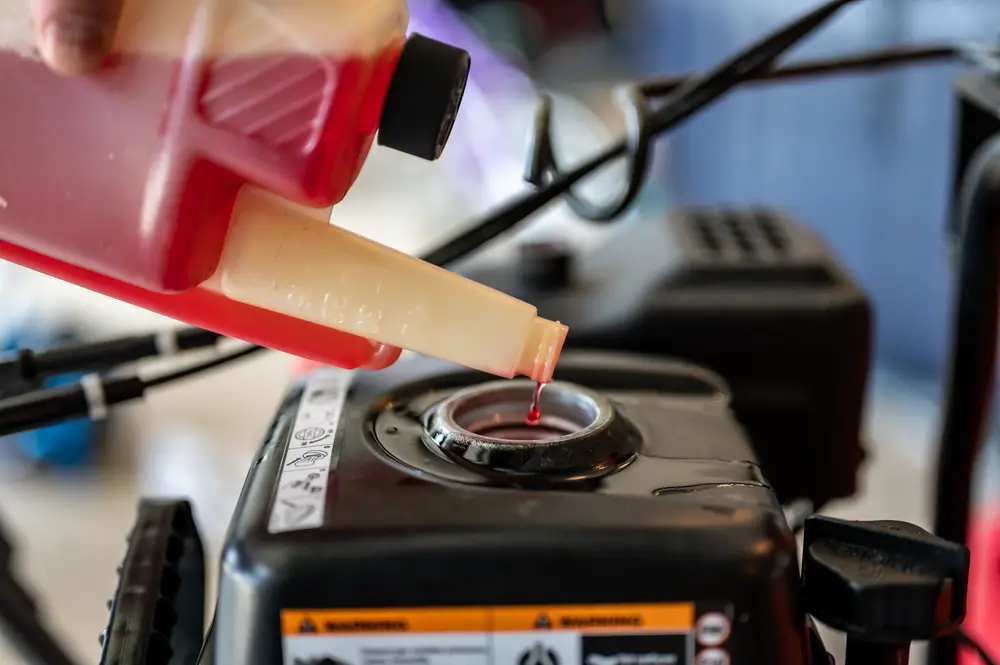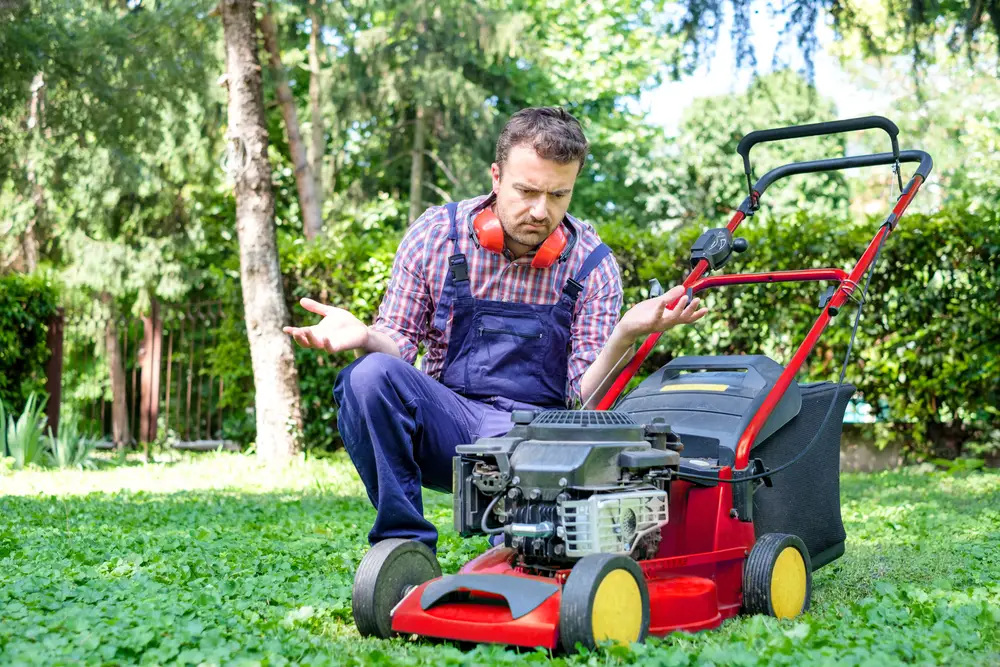Diagnosing and replacing lawn mower blades is essential to ensure your lawn is perfectly manicured. Sharp blades cut the grass cleanly without damaging the leaf structure or causing damage to the root system. Dull or damaged blades bruise the blades of grass, often leaving them discolored or, worse yet, torn.
Category: Equipment
Learning how to replace lawn mower oil is one of the best ways to help maintain and prolong your equipment’s life. Oil lubricates the internal components of your lawn mower, reducing friction while helping maintain the correct operating temperature so that it operates efficiently. So, this is how to replace your lawn mower oil for optimal performance.
If your lawn mower is running poorly, one possible problem is the fuel filter going bad. Fixing a bad lawn mower fuel filter will save you time and money. Here’s how.
Your lawn mower needs a clean, correctly adjusted carburetor to run properly, and diagnosing and fixing one when it goes bad is essential. So, here’s how to expertly diagnose and fix a bad lawn mower carburetor.
Whether you have a simple push lawn mower or a sophisticated ride-on-lawn mower, knowing how to fix a faulty lawn mower fuel pump can save you time and money. So, when you have a faulty fuel pump, how do you fix it?
Fuel pumps are an essential component of lawn mowers. Sometimes lawn mower fuel pumps go bad. But how do you know if your lawn mower fuel pump has gone bad?
Lawn mower maintenance can be tough. Sometimes it’s hard to know what’s even going on or what to do about it. So, we’ve explained the 14 most common lawn mower faults and how to fix them to help you out!
So, what are the 10 best fuel stabilizers anyway? We break down what they are, how they help, and how to mix them. Enjoy!
Using fuel stabilizer is important for your lawn mower. So, how do you use fuel stabilizer in a lawn mower? We provide everything you need to know!
Curious about the reasons why your lawn mower won’t start? We go over 20 of them, explain them in detail, and how to fix them too!
